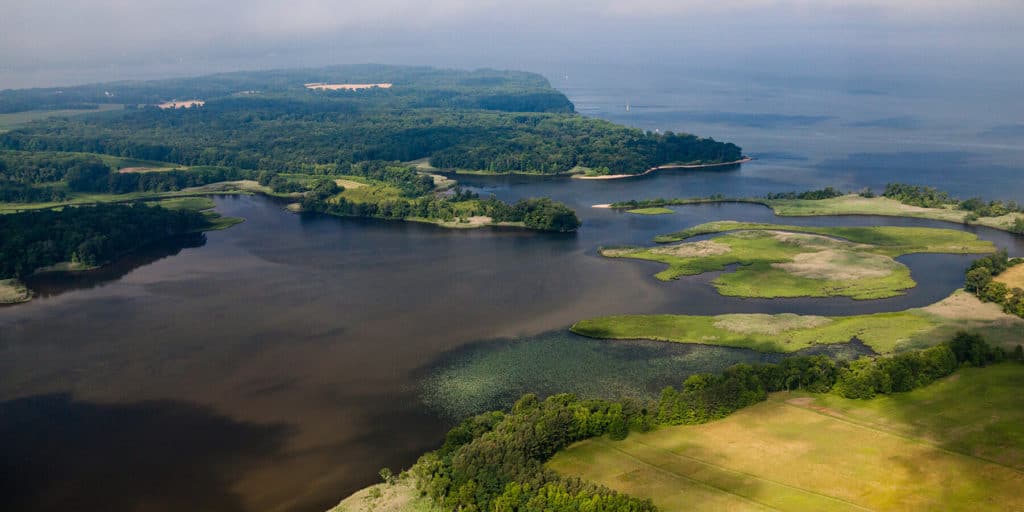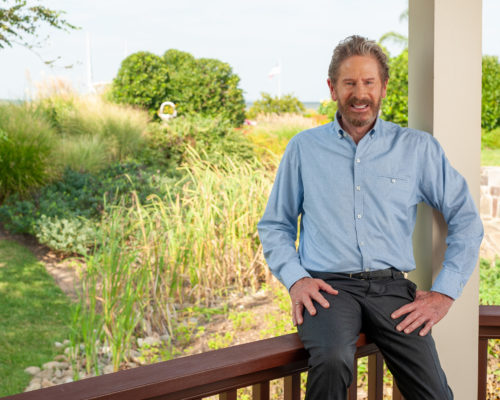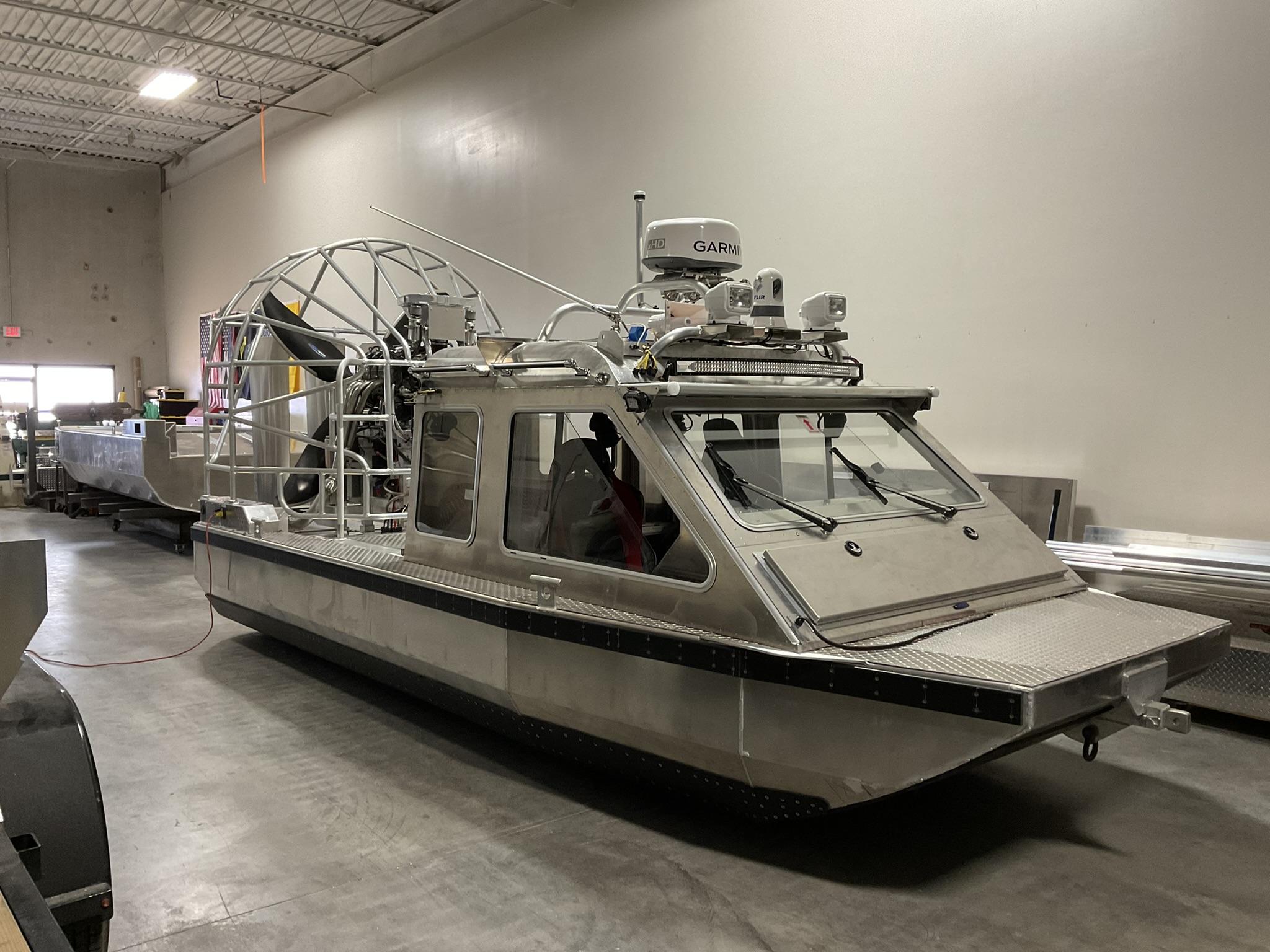America’s Conservation Enhancement Act was officially signed into law Friday, and with it comes important assurances for the Chesapeake Bay—including a brand new grant program from the U.S. Fish and Wildlife Service to restore Bay-region habitat.
The Chesapeake WILD Act puts $15 million into helping local partners with on-the-ground work in the 64,000-square-mile watershed. Goals include improving stream health and fish habitat, restoring riparian forest buffers and wetlands, expanding black duck populations, protecting eastern brook trout, and removing barriers to fish migration in fresh water.
In addition to the new Chesapeake WILD Act, the Conservation Enhancement Act also reauthorizes the EPA’s Chesapeake Bay Program, increasing the authorized level incrementally over the five years to $92 million in 2025. Its current funding is $85 million.
It also reauthorizes the National Fish and Wildlife Foundation, which awards grants that provide critical support for community groups, and the National Park Service’s Chesapeake Bay Gateways and Watertrails Program, in which the Park Service works with state and local partners to increase public access to the watershed’s iconic natural, historic, and cultural landscapes.
Environmental leaders in the Bay region praised both chambers of Congress for unanimously passing the bill.
“The America’s Conservation Enhancement Act is the most important piece of federal legislation to help the Chesapeake Bay and its rivers and streams in more than 30 years,” says Choose Clean Water Coalition Director Kristin Reilly. “That this bill passed through Congress unanimously amidst the partisan discord that plagues Washington speaks to the incredible level of bipartisan support for clean water.”
Chesapeake Bay Foundation President William C. Baker says the funding increases in this bill are urgently needed, and will get the Bay states closer to reaching their 2025 deadline for Bay restoration:
“In past decades, as pollution reduction deadlines neared, state and regional officials violated their promises and pushed to extend the deadline. We hope and trust that will not be the case this time. The ACE Act demonstrates the Congressional commitment to saving the Bay. It is time for all parties to recommit.”
-Meg Walburn Viviano




